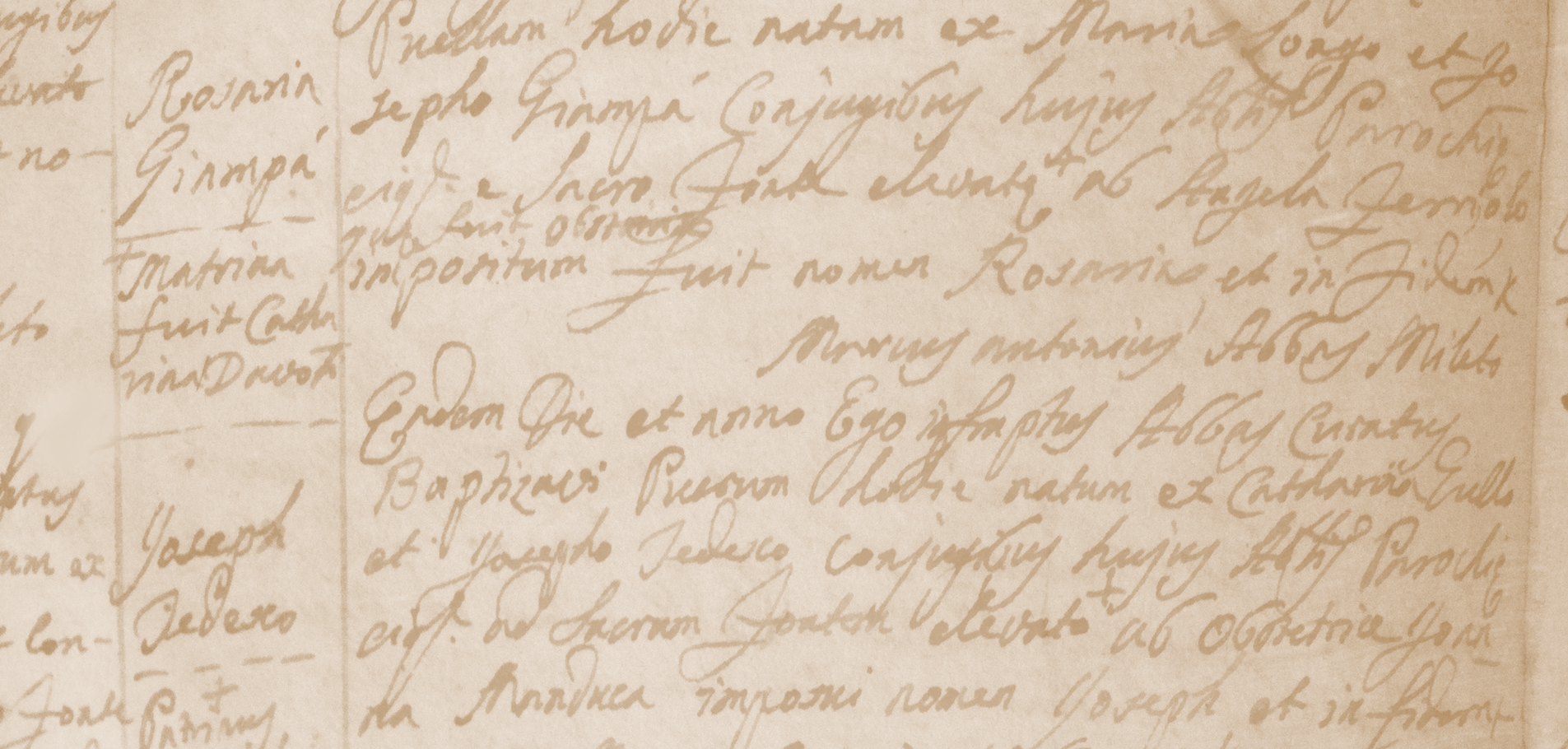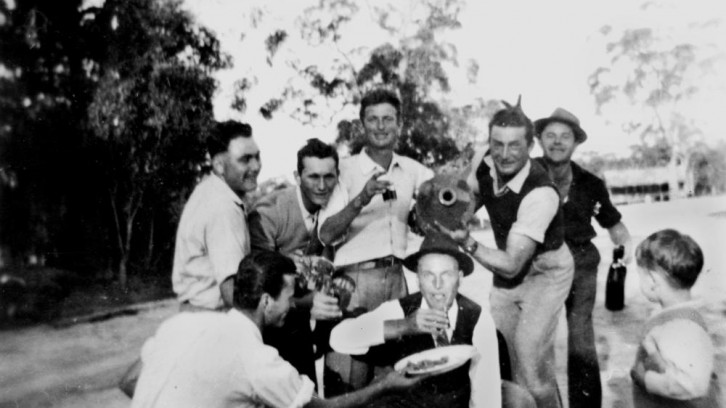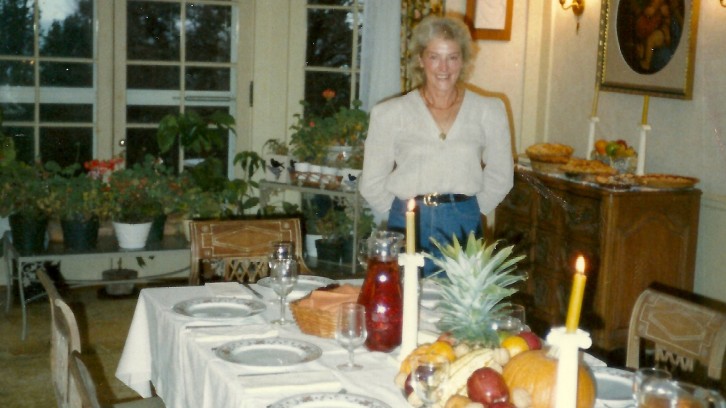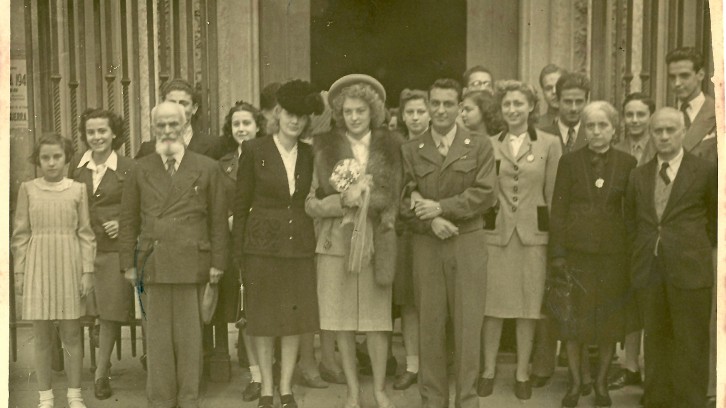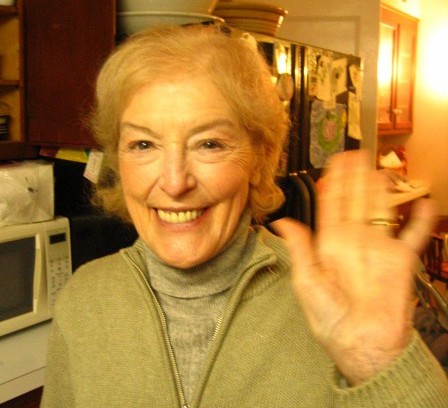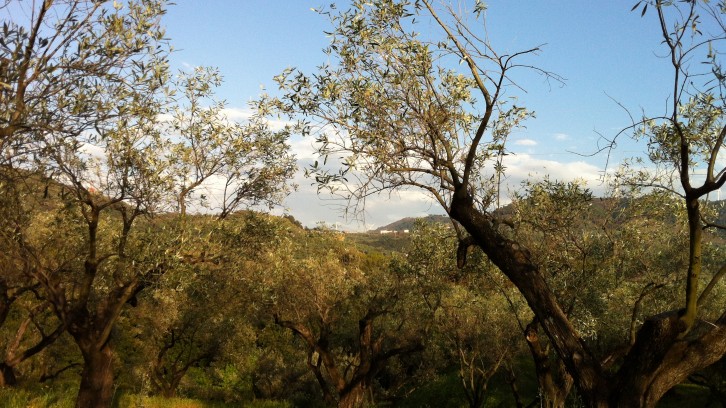ORIGINS ITALY Guest Blogger: Louise Coakley
Many Italian-Americans may have relatives in Australia, some of whom may have lost touch with each other since immigrating to different countries decades ago. As family elders now reminisce and younger generations crave knowledge of their family history, the advances in technology combine to make it a perfect time to get online and rediscover long lost relatives.
Although there were smaller intakes of Italian immigrants to Australia in the late 1800’s and early 1900’s, by far the greatest number of Italian immigrants arrived in the period after WWII, when the deterioration in the economic and political conditions in Italy forced families and young singles to seek employment and a new life elsewhere. Some returned to Italy when conditions improved after 1971, but most had settled comfortably into their new communities in Australia.
Thousands of Italians took advantage of government immigration programs, also referred to as schemes, to assist them coming to Australia, but many more migrated unassisted.
A wealth of national and state-based resources is available online, and a brief introduction to two key national online resources follows:
National Archives of Australia
The National Archives of Australia (NAA) holds immigration application records, naturalisation records, service records, and numerous other treasures for family historians. Applications for immigration often included many original documents sourced from Italy, eg. certificates of birth, marriage, family situation, medical reports, application forms, addresses, and often a photo of the applicant.
Click on Search the Collection > Record Search, and enter your search keywords. I suggest starting with a surname, then refining the search if you get too many results (eg. add a first name, or the word ‘Italy’ or ‘Italian’).
- An icon in the Digitised Item column (second from the right), indicates the record has been scanned, so click on the icon to view the digitised copy.
- If the record has not been digitised, you can click Request a copy, and for a small fee it will be scanned and added to the database in future weeks.
- To limit search results to those with digital copies, click the Advanced Search tab, choose Items, and repeat your search with the Digital copies only checkbox ticked.
- Note the different tabs at the top of the page, where you can search separately for Names, Photos, and Passenger arrivals (currently WA 1921-1949).
- To save digitised record pages individually as JPG files, right-click on the image and click Save Image As...
- To save the whole record to one PDF file, copy the Item barcode from the right-most column of the results page or from within the record, then go to SODA, click Barcode retrieval (very top of page), paste the barcode into the search box, click View, then click on the Export PDF icon.
- Tip: If you find a relative’s immigration record, also search on the ship name and arrival date to see if you recognise other passengers on that voyage, as families or friends may have immigrated together.
- NAA also hosts Destination Australia, which includes post-war photos and stories of Australian immigrants and the schemes they travelled under. The public is encouraged to search and tag photos of those they may recognise, and add details if known.
National Library of Australia
The National Library of Australia’s Trove website contains thousands of digitised newspapers from 1803 to 1954, as well as books, images, maps, diaries, letters, and also includes Il Giornale Italiano (Sydney, NSW) from 1932-1940.
Trove’s digitised newspaper collection is an amazing resource for genealogical research, as it includes items of news, many family notices, public notices, shipping arrivals, advertising, and much more.
- Trove is easily searched by keyword, and results refined by newspaper title, category, illustrated, decade/year/month, and wordcount.
- Titles can be browsed by issue, which is useful if your keyword search is unsuccessful due to poor electronic translation. For example, you can browse a particular issue to see if there was a birth, marriage, death notice, obituary or shipping arrival notice published on a known date.
- Anyone can correct errors they find in the electronically translated text.
- Tags (public or private) can be added to articles to enable easy retrieval at a later date.
- Lists (public or private) can be created to keep your articles organised.
- New issues are added daily, with an alert by RSS email feed.
- Email alerts can be created from unscanned items showing in search results.
Accessing these detailed national records online is a privilege we could only have dreamed of a generation or so ago, but we are now extremely fortunate to have them at our disposal to help us in our genealogical pursuits. Discovering records of your Italian relatives in these Australian collections may reveal clues about your family structure, your common ancestors, their birth places in Italy (to enable further research in Italy), their locations within Australia (to progress your research within Australia), and potentially lead to the renewal of lost family connections.
Australia’s national resources are complimented by the information available from the Australian states and territories, each of which publish their own range of online resources on topics of genealogical and historical interest. Don’t miss Italian Genealogy Research in Australia — Part 2, which will provide an introduction to the key Australian state and territory resources useful to Italian family historians!
About the ORIGINS ITALY Guest Blogger:
Louise Coakley is a genealogist from Cairns, Queensland, who specialises in Australian and UK family history research. Find Louise at www.genie1.com.au or follow her on Twitter, Facebook, LinkedIn or Google+.
Photo information:
-From the collection of the State Library of Queensland, Australia via Flickr Commons.
-Location: Thulimbah, Queensland, Australia.
-Link to photo on Flickr: http://www.flickr.com/photos/statelibraryqueensland/8755455497/
-No known photo copyright restrictions.
